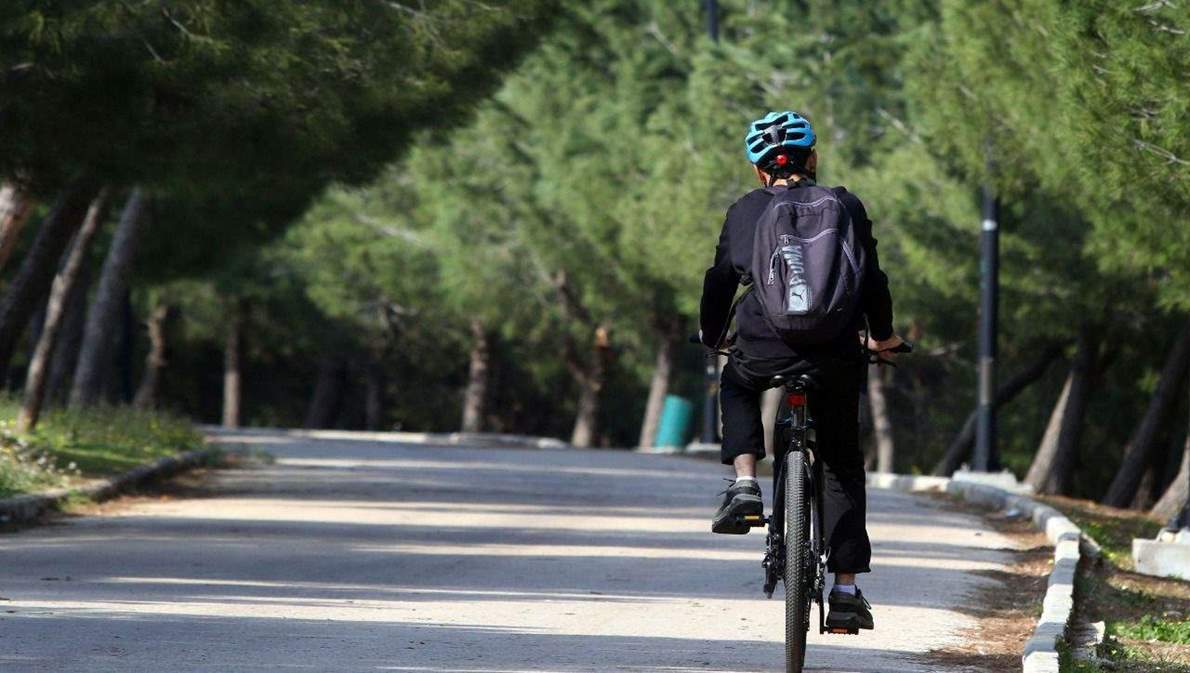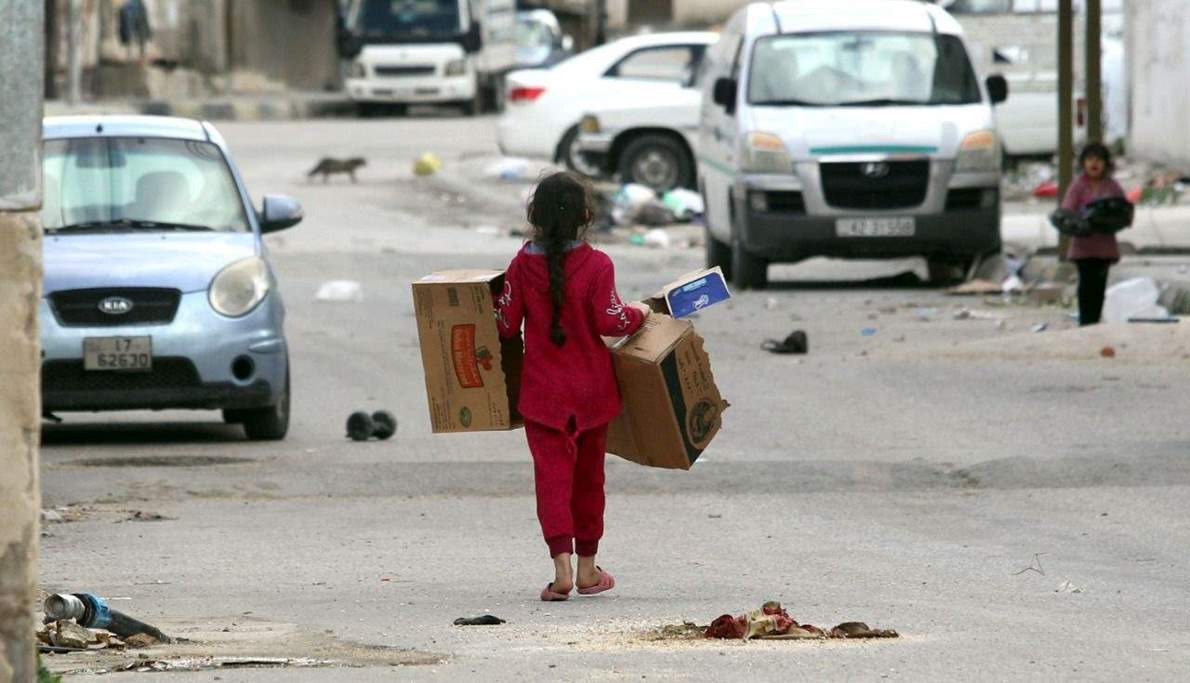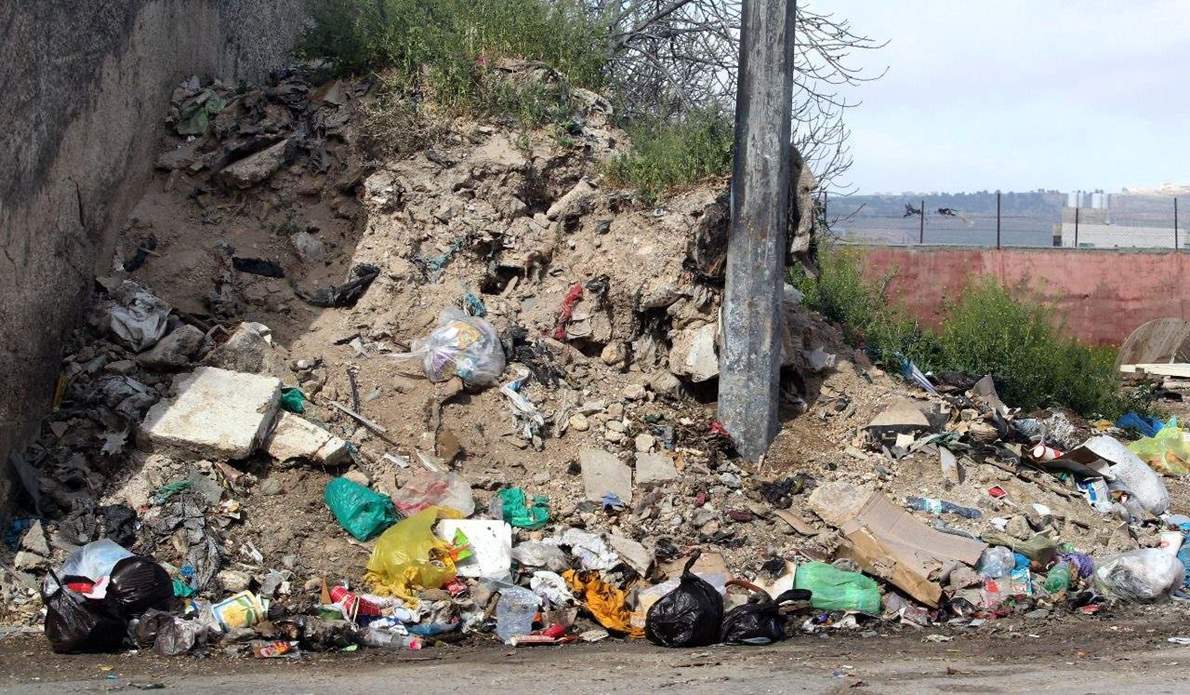AMMAN — While Jordan is replete with enigmatic scenery, one thing that is noticeably lacking in our Kingdom is greenery and green infrastructure.
اضافة اعلان
This is particularly the case in Amman, as the congestion and framework within the city does not adequately support green infrastructure. Acutely within this division, however, there is an issue of wealth, with more consideration going towards those in more affluent neighborhoods in Amman.
The country is initiating various green plans to address growing concerns.
With the support of the European Bank for Reconstruction and Development, the Federal Ministry of Finance of Austria financed the development of the Amman Green City Action Plan.
The 2021 report prepared by the American multinational engineering firm, AECOM, detailed the evident divide that exists between the “the more affluent districts of West Amman and the lower socioeconomic districts of East Amman.
This is demonstrated by the discrepancy in infrastructure.
West Amman, for example, has significant road infrastructure including the iconic eight circles that connect the districts.”
 While Jordan is filled with beautiful scenery, the capital’s lack of green spaces often disproportionately affects the less advantaged. (Photos: Amir Khalifa)
While Jordan is filled with beautiful scenery, the capital’s lack of green spaces often disproportionately affects the less advantaged. (Photos: Amir Khalifa)
Amman’s principal environmental concerns deal with the lack of a green and open space, poor air quality, and lack of waste infrastructure capacity.
The plan is set to improve the living conditions in destitute areas in Amman, and the project intends to “improve existing elements of green infrastructure in selected sites in East Amman.”
The European Environment and Sustainable Development Advisory Councils define green infrastructure as “the actions to build connectivity nature protection networks as well as the actions to incorporate multifunctional green spaces in urban environment.”
This type of infrastructure can increase the quality of life and have meaningful environmental benefits for the city.
However, the lack of greenery, coupled with the class subdivide, is what Naser Tbayshat, the cofounder of Denory for Greenwalls, the first specialized company of natural green walls in Jordan, believes is undermining the city and is consequently reflecting poorly on the country.
“The real issue is the city planning, the urban planning of Amman. I believe that Amman was not designed for humans, but for machines like cars. I think the real issue here is the people that are designing our Amman, our city, and that they don’t pay attention to the green infrastructure (within the city),” said Tbayshat in an interview with Jordan News. “The priority for them is the streets, the roads. It’s not parks, it’s not green elements. And that of course makes Amman the way it looks today. A concrete jungle.”
 While Jordan is filled with beautiful scenery, the capital’s lack of green spaces often disproportionately affects the less advantaged. (Photos: Amir Khalifa)
While Jordan is filled with beautiful scenery, the capital’s lack of green spaces often disproportionately affects the less advantaged. (Photos: Amir Khalifa)
East Amman’s neighborhoods are so densely packed that this has created a paucity of viable space, bringing challenges for the groundwork of the eastern region.
Tbayshat says it is true that West Amman has more parks and green infrastructure than the East, but the problem is also evident in the lack of open social spaces.
The architect has been living in Amman for two years, where he previously lived in Istanbul, a stark contrast in greenery.
He believes the solution is proper city planning, where parks and green infrastructure are a priority in urban planning.
At the fifth International Day of Women and Girls in science, which took place at the United Nations Headquarters in New York, Tbayshat addressed the panel, stating: “It is possible today to turn these frigid walls that surround us into a living garden that produces our food, not only food, as scientifically proved, Greenwall can improve our health, cleanse our air, reducing energy consumption for buildings, restoring biodiversity, and many more advantages.
Greenwall systems are our chance to make our cities healthier more livable and greener.”
In 2018, the United Nations Department of Economic and Social Affairs projected that 68 percent of the world population will be projected to live in urban areas by 2050 with about 90 percent of this growth forecasted to occur in Asia and Africa.
Today, just over half of the world’s population, about 55 percent, live in urban areas.
This means that the arrangement of greenery and green space is pivotal to the viability of a healthy city.
Within the Amman Green City Action Plan, the Greater Amman Municipality will link over 143 parks and gardens with “micro-scale green infrastructure, such as street trees and green roofs.
 While Jordan is filled with beautiful scenery, the capital’s lack of green spaces often disproportionately affects the less advantaged. (Photos: Amir Khalifa)
While Jordan is filled with beautiful scenery, the capital’s lack of green spaces often disproportionately affects the less advantaged. (Photos: Amir Khalifa)
These changes will attract birds, insects, and other species that support a healthy and thriving ecosystem.” This is all part of the new proposed implementation of an integrated green infrastructure strategy.
Another negative impact the green insufficiency has on our society is the toll it takes on mental health.
The most socio-economically disadvantaged members of society are faced with the biggest barriers.
“That is a major public concern, because there is discrimination in natural and other facilities. People in east Amman are more prone to anxiety and more triggered by life stressors,” said Abdullah Abu Adass, psychiatrist and psycho-political analyst, in an interview with Jordan News.
He added that this also creates psychosocial burdens in densely populated areas with no natural areas or facilities and causes people to suppress issues or develop depression, especially young children and teenagers.
“Social discrimination based on that also creates a community conflict. Highly populated areas with no or little access to natural factors are more fertile to addiction and criminal behaviors as there is no access to ventilation,” said Abu Adass.
Abu Adass does not discredit that someone living in West Amman does not face mental health challenges, but he does believe that mental health issues, especially in the West, are not particularly related to the absence of greenery and parks.
Abu Adass details the theory of ecotherapy and how it boosts growth and healing in individuals with stress, depression, and anxiety.
“The positive effects of nature affect both healthy and mentally disturbed individuals,” he said.
“The ABCs of human social interaction were learned and validated from the environment. So, enhancing social skills requires interaction with nature. Most advanced mental health institutions were created in rich natural environments, as ecotherapy is an essential part of the comprehensive rehabilitation protocols.”
He details how interaction with forest environments stimulates brain endorphins, which in turn reduces adrenaline levels.
“So the effects then, are both physiological and psychological and definitely social. Multisensory elements like wind, rain, bird sounds, and flowers are all perfect anti-stress factors.”
Many able and willing residents in the East, venture out to the West to get their fix of nature. This is a scene that’s so commonplace that it’s discriminatory to Farah Barakat.
Barakat is a teacher in West Amman, and she notices this pattern all too often.
“Why should someone have to drive their family half an hour away from their home just to enjoy a park? There should be more of them out there and within distance to different neighborhoods; both in East and West Amman,” said Barakat in an interview with Jordan News.
Even as a resident of West Amman, Barakat notices the palpable scarcity of green space. She said that the parks nowadays are full of people taking graduation pictures and event pictures because of a lack of nice green areas in the city to go to.
“Those are the only places with relatively nice “backdrops” as otherwise it’ll be concrete buildings, and no one wants that,” said Barakat.
The valuation for green space in Amman is vital, but with a lack of available capacity for this, a clear solution could be the implementation of natural green walls, which could potentially utilize the limited space and transform the city into a green hub where both East and West can both be symmetrically green.
Jordan News attempted to contact the Ministry of Environment but did not receive a reply.
Read more National news







